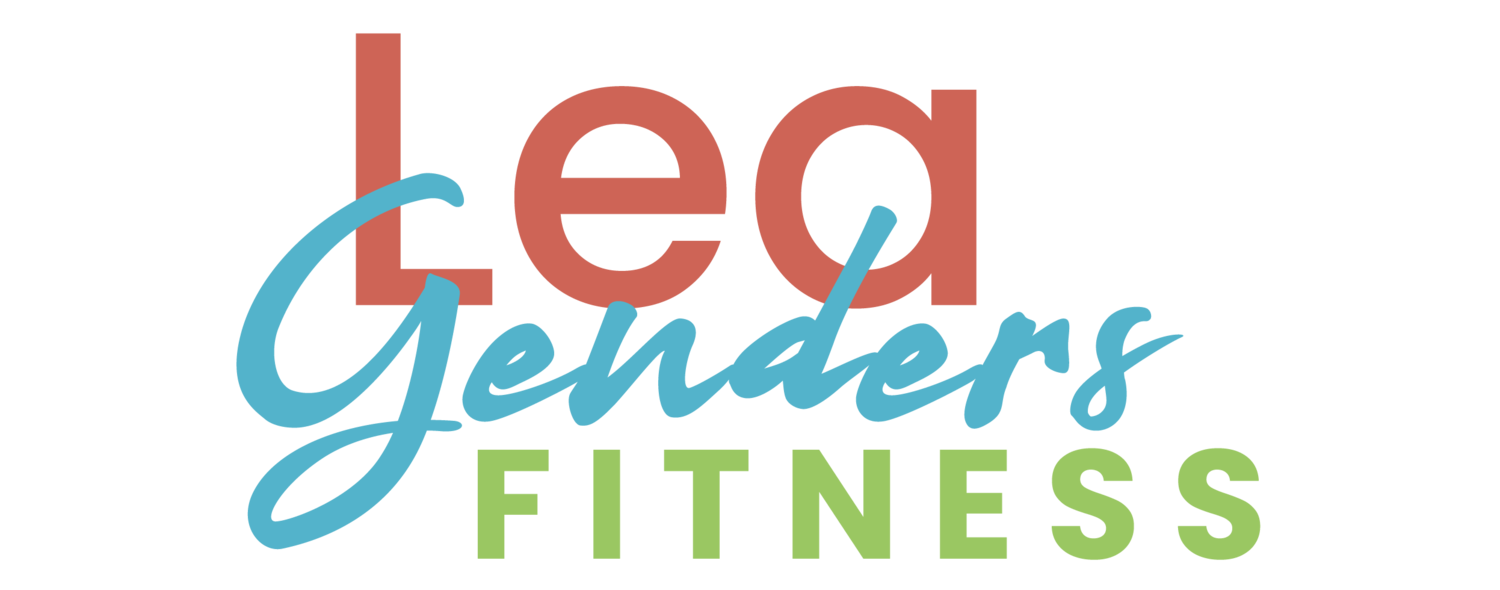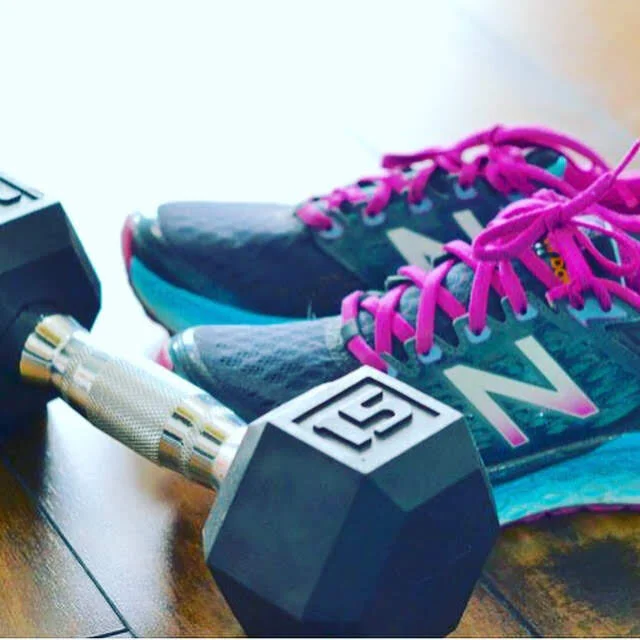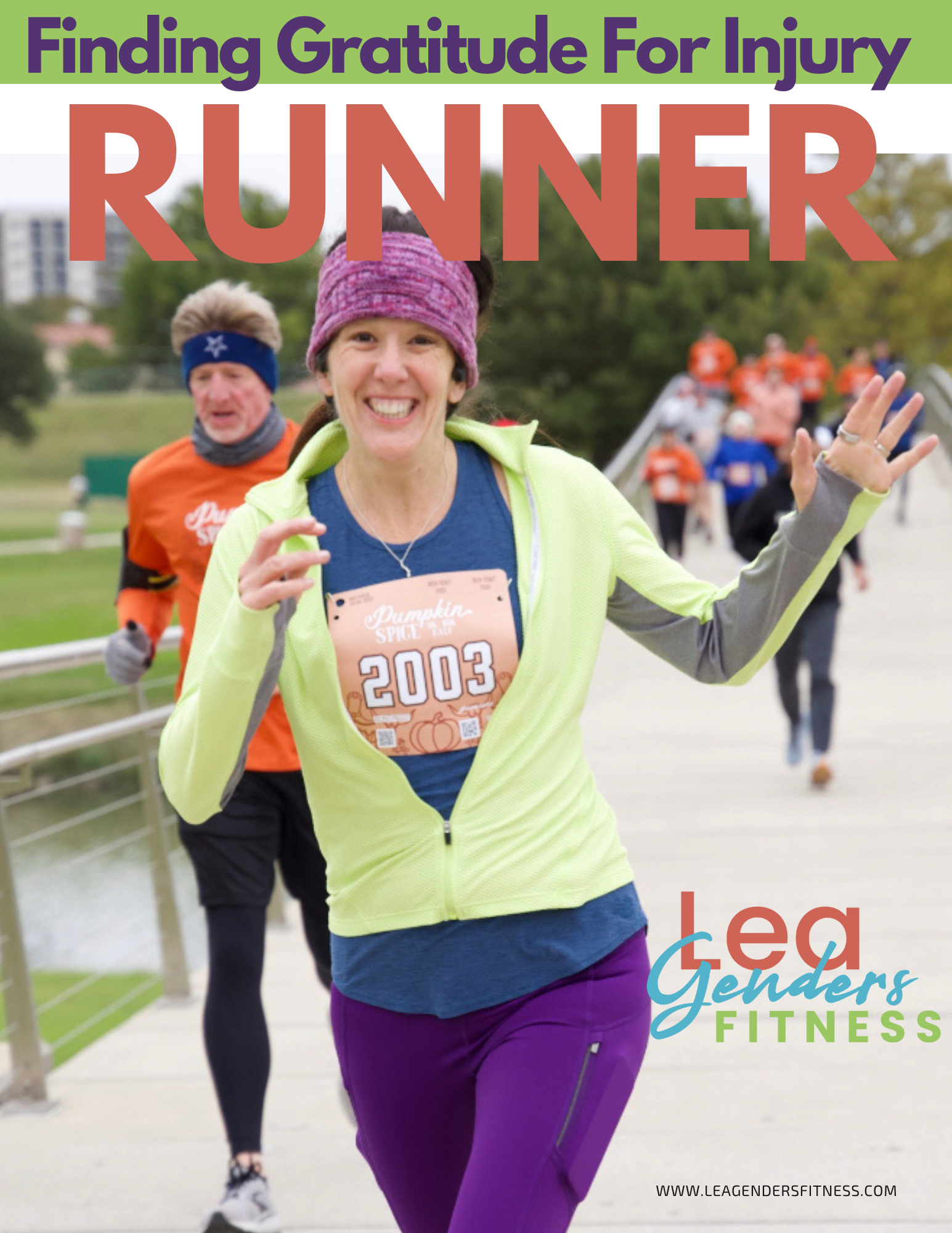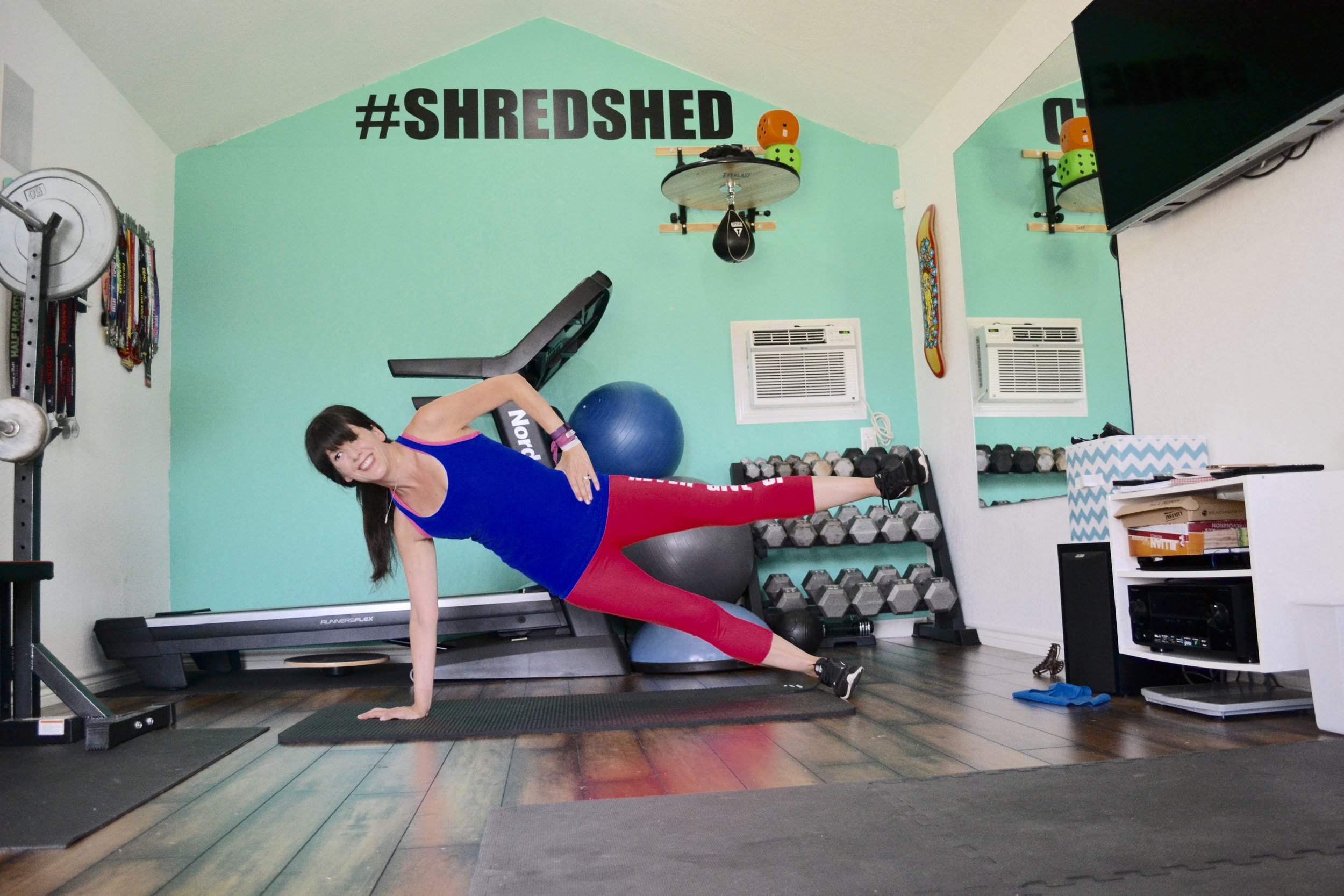When I tell people that I am a running coach, sometimes they are quick to inform me they hate to run. I'll be the first to recommend that you not to do any exercise you hate, because you'll never stick to it. The best exercise is one you will actually do. Find a way to move your body that you love. However, I believe that a lot of people never give running a fair chance.
In the beginning, running can really suck. It's hard. It takes some time for your body to adapt. If you can get through the beginning-sucky part you may just find that you love running after all. It is hard for everyone at first. Of course you suck in the beginning, everyone sucks in the beginning. You have to practice. You have to run consistently and after a couple of months things will start to get better. Running can be enjoyable and you can actually get good at it.
Don't compare your start to someone else's middle.
Then I realized, damn, I need to take my own advice. Not about running, of course. You see, I recorded a quick video in the ShredShed this weekend. I always say I am a better writer than talker. I am just not very good on video. But why am I not very good on video? Because it is new to me. Because I don't do it often. Because I am not comfortable with it. Sound familiar new runners?
How do you get better at the things you suck at? You practice. You do them often. Just like that new runner that I coach to get out there and try again even when...especially when it doesn't feel good.
So in an effort to practice what I preach, I am going to record more videos and share them. It's not about being perfect and polished. (Ha, that may never happen. Have you met me?) It's just about doing the best I can and getting better over time. I did this one on proper running form. It's not perfect, but the information in the video is still valuable.
Watch my awkward reenactment of driving a car (yes, that is what that was supposed to be), my impression of an angry runner and my bad Phoebe Buffay running joke. Yes, I think i'm funny.
If you're anything like me and you still would rather read than watch a video, I'll cover my running form tips in writing too.
RUNNING FOR TIPS FOR NEW RUNNERS
SHOULDERS BACK AND DOWN
In this day and age we are constantly rounding our shoulders forward; when we text, when we type and when we drive our cars. I don't know about you, but I do those things almost all day long. When you run pay attention to your shoulders. Stand up straight, roll your shoulders back and down. This will help with proper form and running efficency.
ELBOWS CLOSE TO THE BODY
Don't run like Phoebe Buffay. Keep your arms and your elbows close to your sides as you swing your arms, don't allow them to flare out to the side. Your arms should move forward and backwards only, do not allow them to cross over the front of your body.
HANDS RELAXED
Run with your hands relaxed. Do not clench your fists like an angry runner. A good tip is to place your thumb and pointer fingers together like you are holding a potato chip between them. Keep it light, easy and relaxed.
NECK NEUTRAL | EYES FORWARD
Don't look down at your feet. Look straight ahead at where you are going, not at where you are right now. Keep your neck neutral.
Focus on one thing at a time. What can you improve today? Once you get these first four running form techniques mastered you will find that running is a little easier, that you are wasting less energy and running more efficiently.
Do you remember what it feels like to be a beginner at something? We all start somewhere. If we just strive to the best we can and keep moving forward (no matter how slowly), we will all be better for it.
Like this post? Yesterday was my birthday. I'll consider it a belated birthday gift if you share.

































